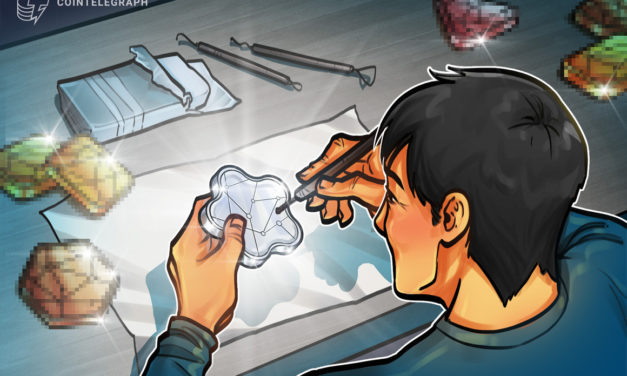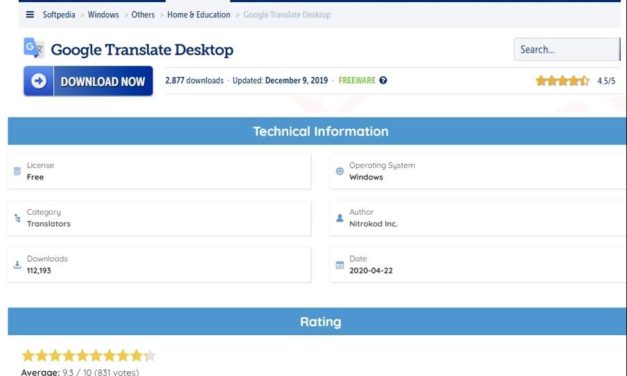Ethereum Merge to 'swamp' other coins with miners — Mining CEO
The Ethereum network’s transition from a proof-of-work (PoW) consensus is likely to flood the crypto industry with out-of-work ETH miners, causing severe disruption to all PoW tokens. Speaking to Cointelegraph, Andy Long, CEO of Bitcoin miner White Rock believes the upcoming Ethereum Merge will force PoW miners to look for greener pastures, such as other PoW blockchains, and thus “swamp” other coins — increasing mining difficulty and reducing profitability, stating:”As GPU miners point their hardware at other chains their difficulty will increase causing lower returns and splitting the reward amongst more miners.”Long added that the migration will likely force many crypto miners to give up and abandon their expensive mining rigs. “Hashrate will flow to alternative GPU PoW coins, and many miners will simply give up and try to sell off their farms of cards,” he said. “Some miners will try to sell their High-Performance Computing (HPC) or GPU cloud services and will likely fail since there’s too much capacity chasing a limited amount of demand,” he added. GPU prices and demand have already been declining as a result of falling Bitcoin (BTC) prices, leading to some cards selling for below the list price and sellers struggling to offload their mining rigs and cards for inflated prices.Regardless of what happens after the Merge, Long says he is “not strongly opposed” and is interested to see “how market forces play out.” “When I was building GPU farms in 2017 the Merge was cited as an imminent threat and would have been much more impactful then.” “There will always be GPUs mining some GPU optimized chains, but I doubt we will return to the levels of revenue seen in ETH proof-of-work at its peak ever again.”Ethereum is expected to transition to a proof-of-stake (PoS) mechanism between September 10-20 and is considered one of the most significant upgrades in the crypto market this year. Related: Largest Ether mining pool Ethermine opens new ETH staking serviceHowever, there are still many cryptocurrencies set to continue along their PoW path, including Bitcoin (BTC), Litecoin (LTC), and Bitcoin Cash (BCH), as well as Ethereum Classic (ETC), Monero (XMR), Zcash (ZEC) and Ravencoin (RVN).White Rock Management is a Switzerland based digital asset technology company that mines cryptocurrencies through data centres located in Texas and Sweden.
Čítaj viac






